Additional Articles

Minerals & Materials
I Read the U.S. Geological Survey’s Critical Minerals Methodology So You Don’t Have To
The U.S. Geological Survey (USGS) and the U.S. Department of the Interior (DOI) unveiled the highly anticipated 2025 List of Critical Minerals, an expanded catalog now covering 60 minerals deemed essential to U.S. economic and national security. The updated list and methodology offers a window into the key considerations shaping how policymakers assess risk and determine which supply chains warrant the most attention. We read the list and methodology, and break it down for you in our latest Fuse post, so you don't have to. Read More

Minerals & Materials
U.S. Critical Minerals Diplomacy Gains Ground in Asia
The recent deals between the United States and Cambodia, Malaysia, and Thailand demonstrate the Trump Administration’s interest in cultivating broader relationships in Asia through critical minerals dealmaking, marking a rapid expansion of U.S. critical minerals diplomacy in the region. Whether these agreements translate into sustained cooperation and real project delivery will depend on follow-through, financing, and the ability to reconcile differing priorities among partners. Read More

Minerals & Materials
What’s New in the New U.S.-Australia Critical Minerals Agreement?
The new United States-Australia Minerals Framework marks the next phase of a partnership that has been steadily deepening for years, and builds on sustained cooperation that was initiated by the first Trump administration. The Framework calls for increased collaboration, potential strategic stockpiles and reserves, and price floors, but many of these policy tools are still in early stages, and key decisions lie ahead. Read More
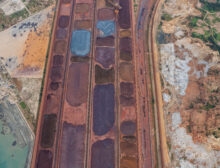
Minerals & Materials
PRC’s Evolving Export Controls: From Retaliation to a Global Compliance Regime
China's recent expansion of export controls to super hard materials, medium and heavy rare earth elements (REEs), REE production equipment, and high-density lithium-ion batteries and battery materials highlights China's desire to institutionalize control over global supply chains and the dangerous vulnerabilities driving long-term diversification and resilience efforts among allied economies. Read More
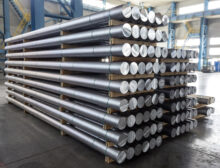
Minerals & Materials
The National Security Case for America’s Only Alumina Refinery
Primary aluminum is indispensable to U.S. national defense, critical for fighter jets, Navy vessels, missile systems, and other technologies. With only one domestic alumina refinery operating, the Atalco facility in Louisiana, America faces a single-point-of-failure risk in its defense supply chain. Read More

Advancing Mobility
Move Fast and Control Things: China’s Global AI Expansion Requires a Bold Policy Response
The stakes are clear: Setting global standards will not only shape the future of AI but the principles embedded in its use. Chinese transportation AI exports bring governance models that emphasize centralized control and broad state access to data. For the United States, that raises concerns about privacy, transparency, and market openness in the global transportation system. The White House’s AI Action Plan outlines steps to address these risks, from accelerating deployment and streamlining regulatory approvals to expanding exports of trustworthy, safety-focused AI technologies. Read More

Energy Security
How the Grid can Break Washington’s Gridlock
Electricity demand in the U.S. is surging, driven by data centers, manufacturing, and advanced computing. Yet outdated infrastructure and a complex federal permitting process are slowing the development of new power lines and energy projects. Fortunately, bipartisan support for permitting reform is building, and could be the solution to breaking Washington's gridlock. Read More

Minerals & Materials
Copper Tariffs: Upsides, Unknowns, National Security Considerations, and the Potential for a New Smelter?
Expected copper shortfalls in the coming decade create both an opportunity and a warning: rising demand could incentivize new supply, but failure to meet it will deepen future constraints. The Section 232 investigation puts actions on the table to remedy the situation, but China’s strategic smelting overcapacity will remain a barrier. However, whether the tariff regime will ultimately create a signal to invest in copper refining remains to be seen. Read More

Minerals & Materials
Scrap, or Strategic Asset? America Must Rethink its Approach to Secondary Aluminum
Aluminum scrap must be prioritized as a strategic asset, and we must reconsider recycling practices and policies concerning secondary aluminum—not only to meet increasing demand, but to prevent this valuable resource from flowing to our competitors or adversaries. Read More

Advancing Mobility
Winning the AI Mobility Race: Four Transportation Priorities in the White House’s AI Action Plan
AI’s impact on transportation extends beyond autonomous vehicles or drones. As AI is increasingly viewed through a geopolitical lens, its use in transportation will hinge on whether the United States builds the supporting infrastructure, sets standards and creates pathways to test and scale AI safely. The AI Action Plan is a first step, but the race is underway. Read More

Minerals & Materials
The US-Indonesia Trade Deal and Critical Minerals: Opportunities, Key Questions and Known Unknowns
A new trade deal with Indonesia could exempt the US from the country's current export ban on critical minerals. It could redirect meaningful volumes of material—but will only matter if the US is able to build the capacity to transform the raw ore. Read More

Energy Security
WATCH China | Competition | Power Episode One: China’s Hybrid Economic Model
The world is finally waking up to the reality that the Chinese Communist Party has created a unique economic system that prioritizes power over profit, and that for the past decades, the West has fallen behind because Beijing has been playing by its own rules. Watch this panel of experts discuss how this state of play evolved, what’s at stake, and where we can go from here. Read More

Energy Security
A Pony with Multiple Tricks: Why Transmission is America’s Energy Security Secret Advantage
America is amidst an energy revolution, and we have a once-in-a-generation opportunity to control our destiny and realize an energy independent economy. One piece of overlooked infrastructure holds the key: high-voltage electric transmission. Read More
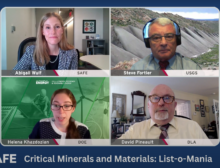
Minerals & Materials
Watch: Untangling the U.S. Government’s Many Critical Minerals and Materials Lists
Watch the SAFE Center for Critical Minerals Strategy's recent webinar which convened experts from the Department of the Interior, Energy, and Defense for a webinar examining the U.S. government’s many critical minerals and materials lists to get clarity about how various departments determine what gets included on these lists and how the different methodologies may change in the future. Read More

Energy Security
The IRA: One Year Later
The Inflation Reduction Act, signed into law by President Biden on August 16, 2022, was the most significant signal of support for the transition to electric vehicles by the federal government. It serves as a critical part of the effort to achieve the Biden Administration’s goal that 50 percent of all new vehicles sold in 2030 are electric—an essential step toward reducing the United States’ dependence on oil. Read More

Minerals & Materials
Deep-Sea Mining: State of Play
Lying on the abyssal plains of oceans at depths of 3,500-6,000 meters, polymetallic nodules contain essential minerals used in the electric vehicle batteries fueling the energy transition. Enriched in manganese, nickel, copper, and cobalt, nodule fields of interest have been identified in the Clarion-Clipperton Zone (CCZ), Penrhyn Basin, and Peru Basin of the Pacific Ocean as well as in the north Indian Ocean. Reserves of certain critical minerals found in the CCZ alone have been estimated to surpass global terrestrial reserves. Read More
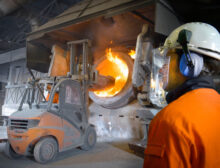
Minerals & Materials
Aluminum is Essential to Emerging Energy Technology
Aluminum is one of the foundational industrial materials of modern society, integral to everything from passenger airplanes to kitchen appliances. Recent U.S. legislative incentives – lead by the Inflation Reduction Act (IRA) – to produce more solar panels, EVs, electrical charging infrastructure, and other clean energy transition products will increase the demand for primary aluminum only further. Read More

Transportation Electrification
Illinois Can Help Lead the Transportation Revolution
A transportation revolution is underway around the globe. The most significant shift in how people move from point A to point B since the transition from horse and buggy to Model T is beginning in earnest, bringing significant opportunities for Illinois and the Midwest. Read More





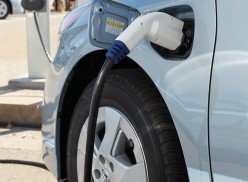


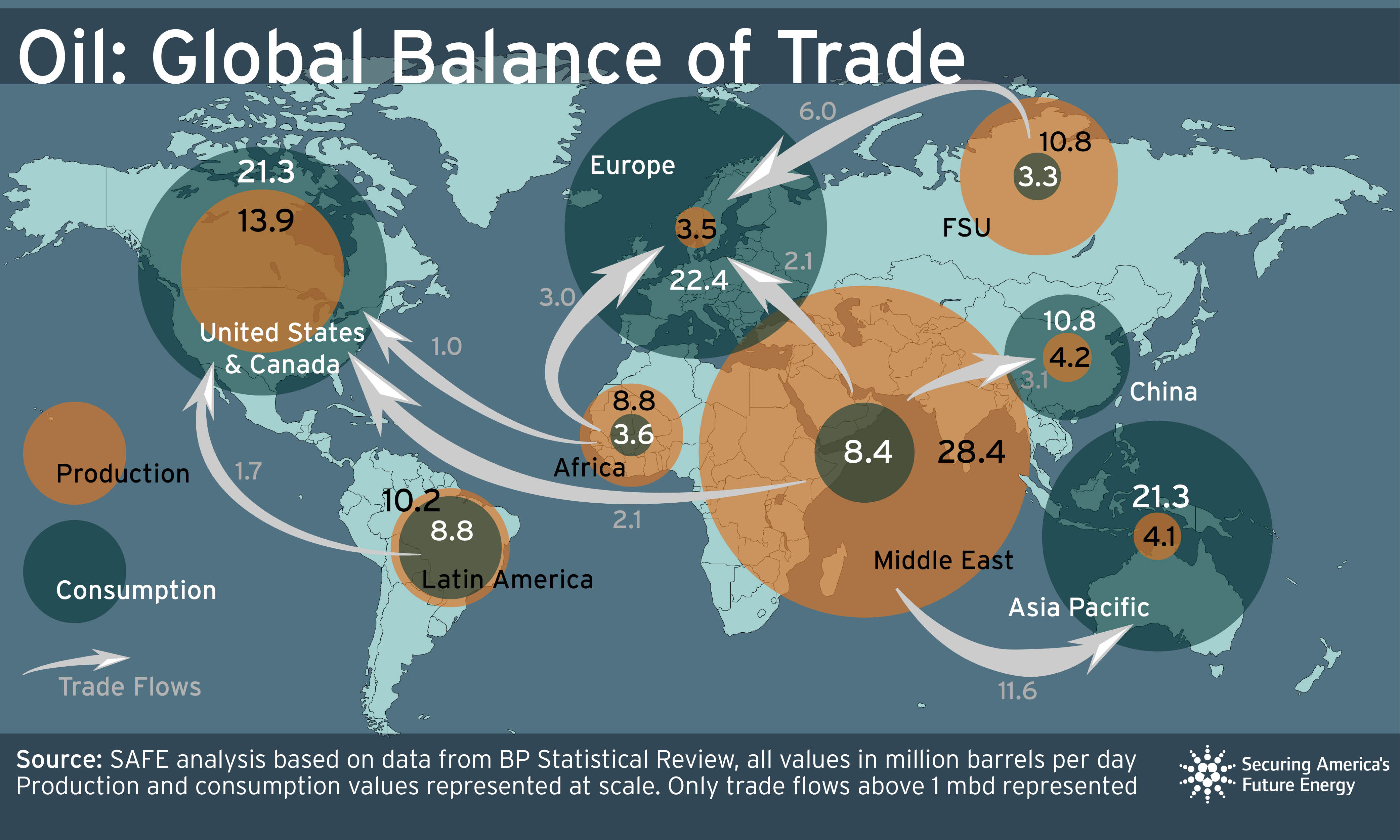
Subscribe